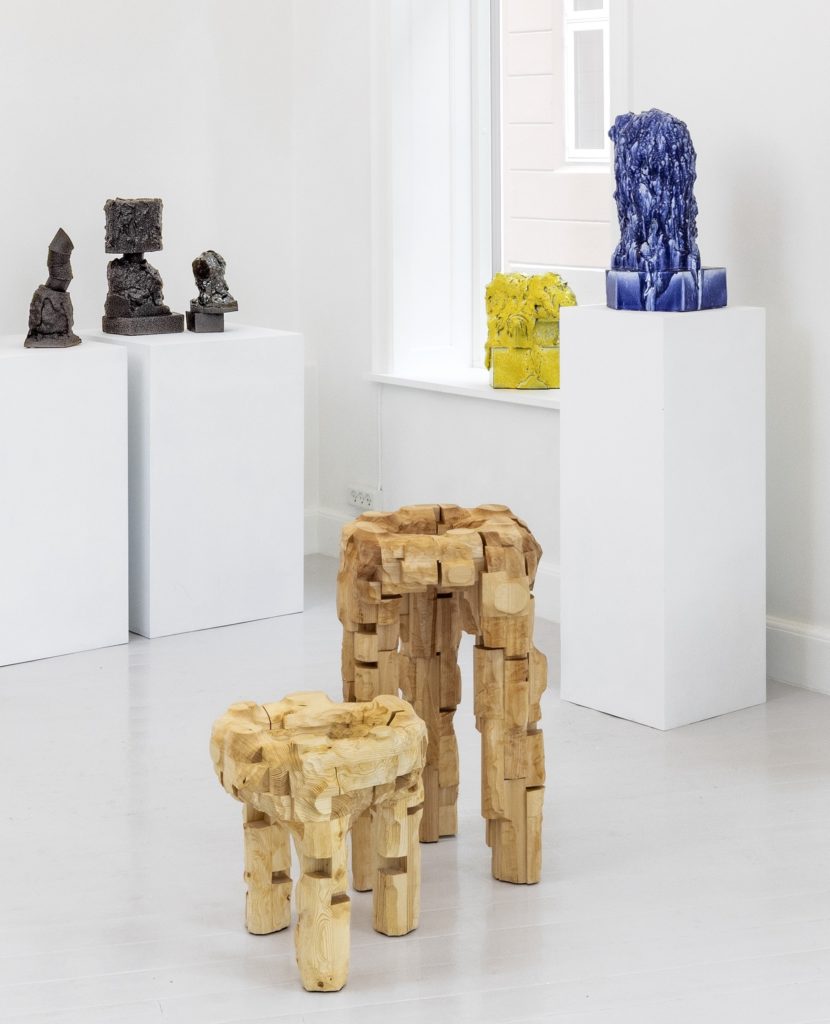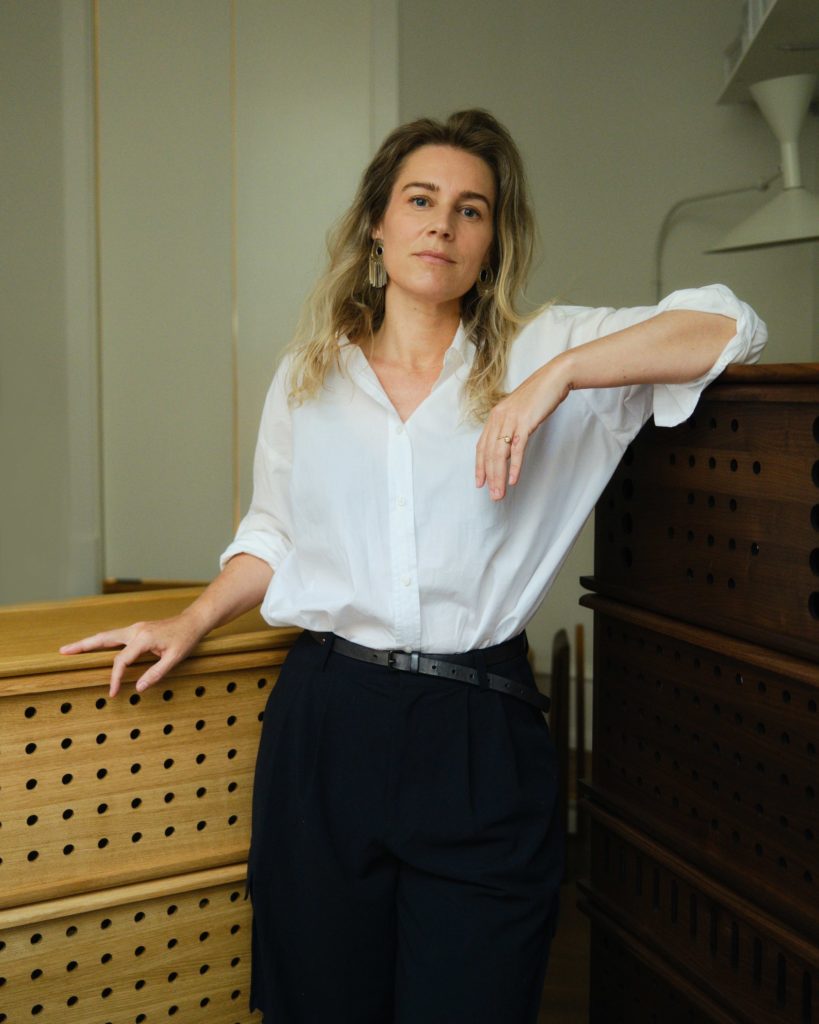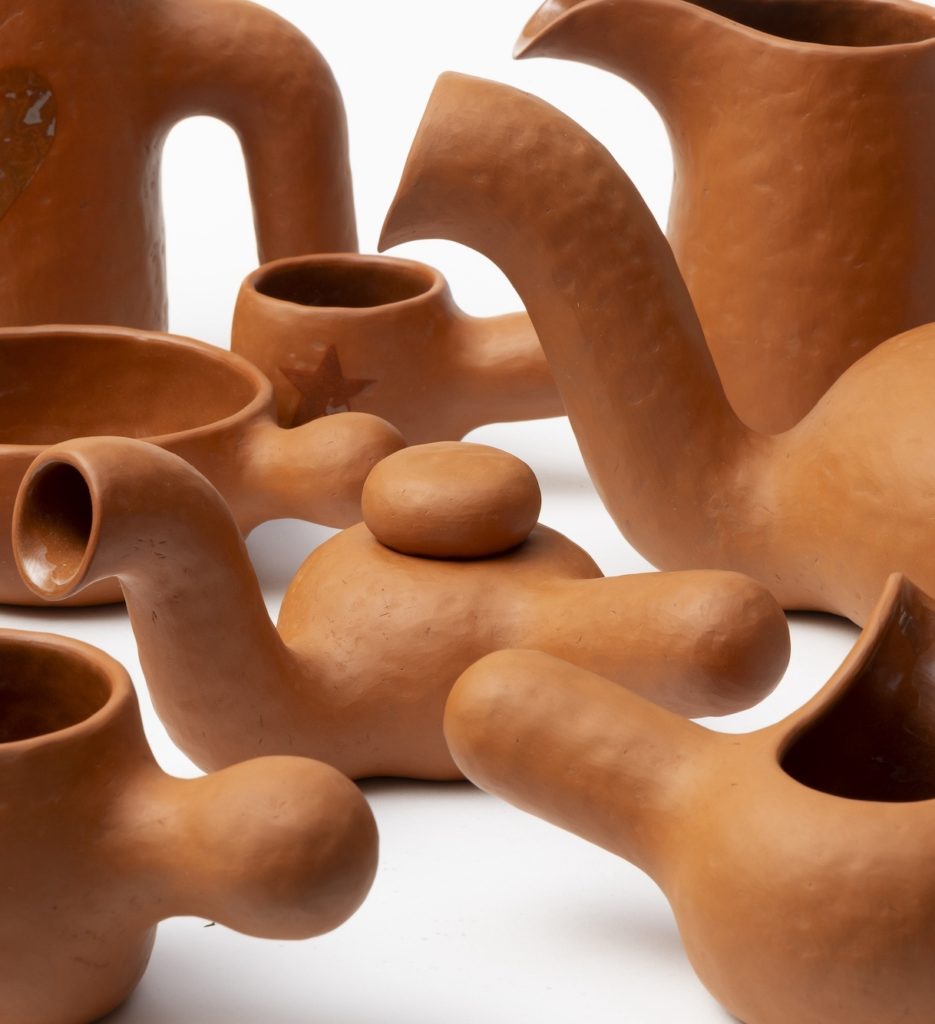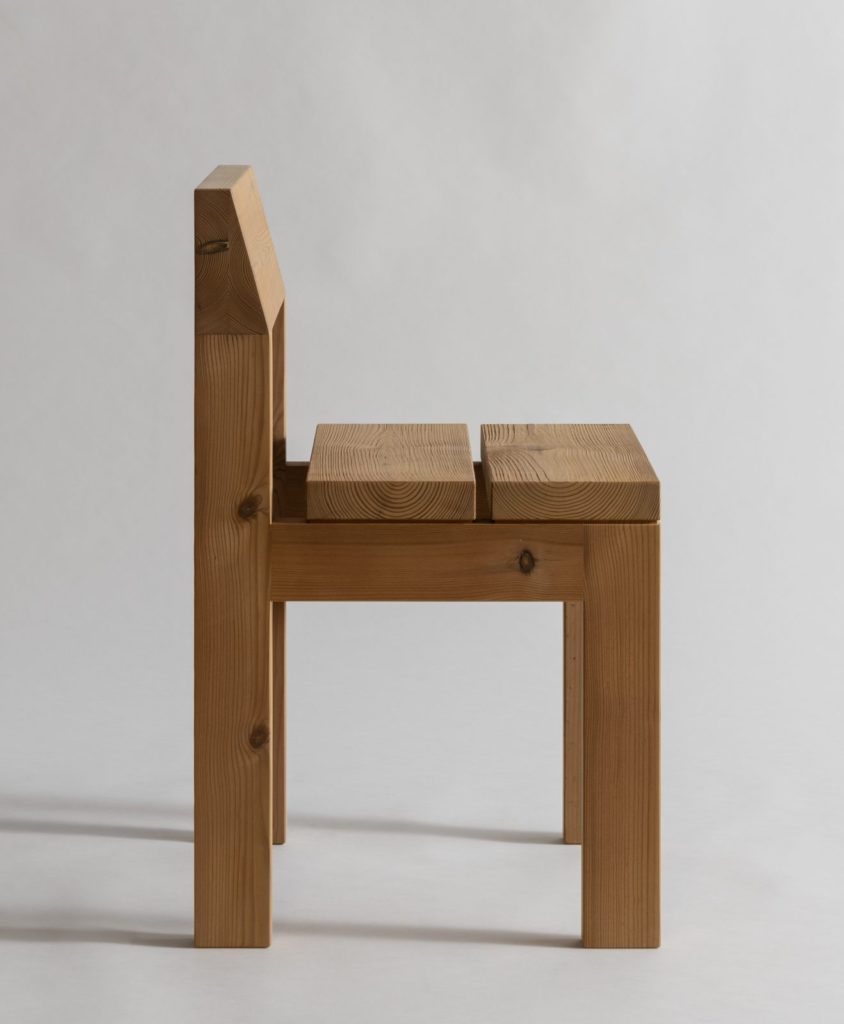Danish Ceramics – part 2 – Morten Løbner Espersen
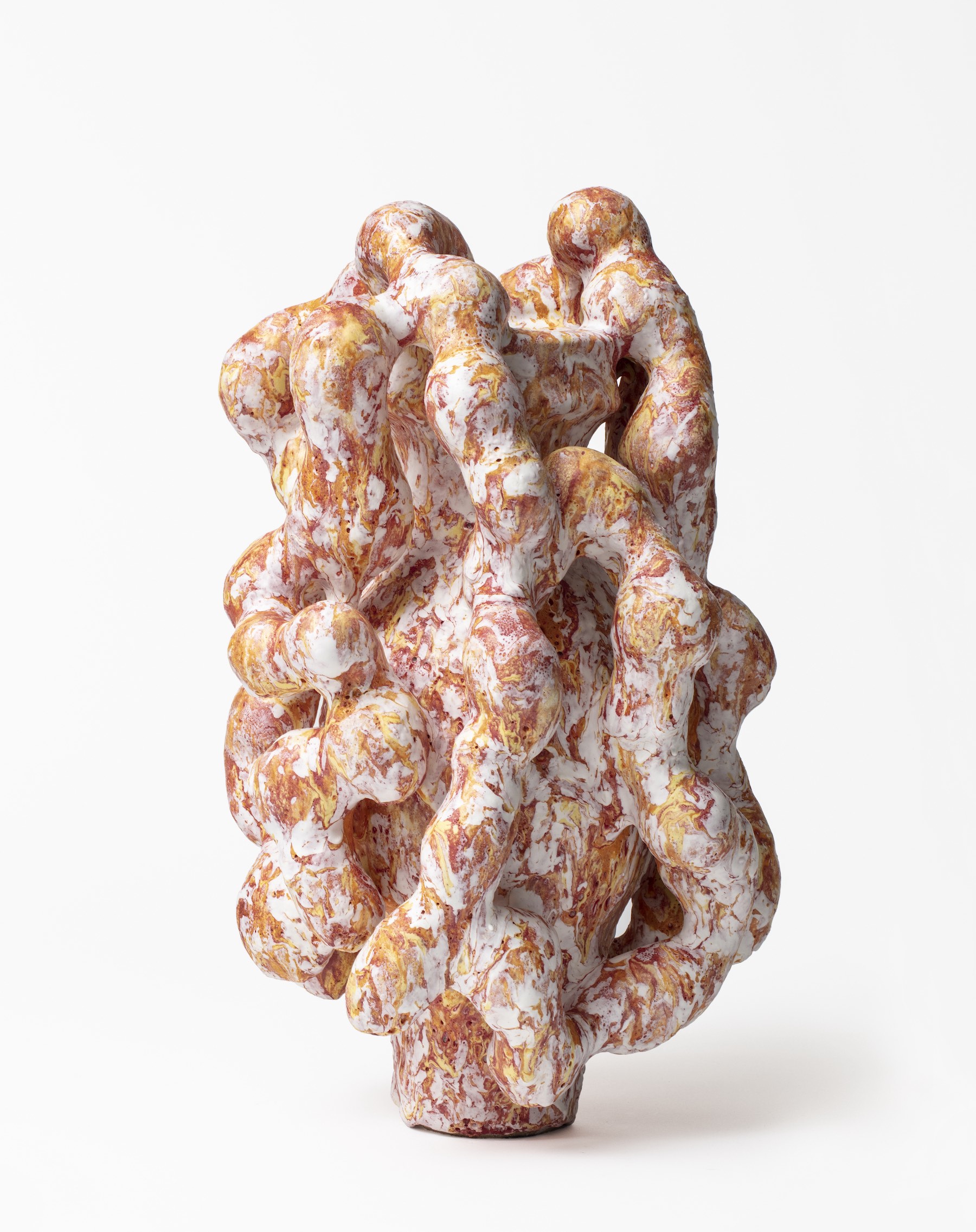
In a new series of articles, The Mindcraft Project focuses on some of Denmark’s influential designers and makers seen through the eyes of UK-based design, craft and architecture writer Grant Gibson.
In this article in the series, Grant Gibson meets Morten Løbner Espersen.
“I just knew that I couldn’t sit down and make a line of tableware that would be interesting enough for anybody to care about. So it was obvious that I needed to do something else.” Morten Løbner Espersen is telling me how he kicked against the tradition of Danish modernism and became obsessed with glazes, in the process becoming one of the figures responsible for transforming the perception of the nation’s ceramics to the wider world. When his career started in the early ’90s the field looked very different. “It was basically brown,” he tells me laughing (something he does a lot). “Really, really beautifully brown and I loved it. But I was always fascinated by colour. I’m drawn to simplicity in one way but I felt the Danish tradition had turned a blind eye to the present in a way. It seemed really dated.”
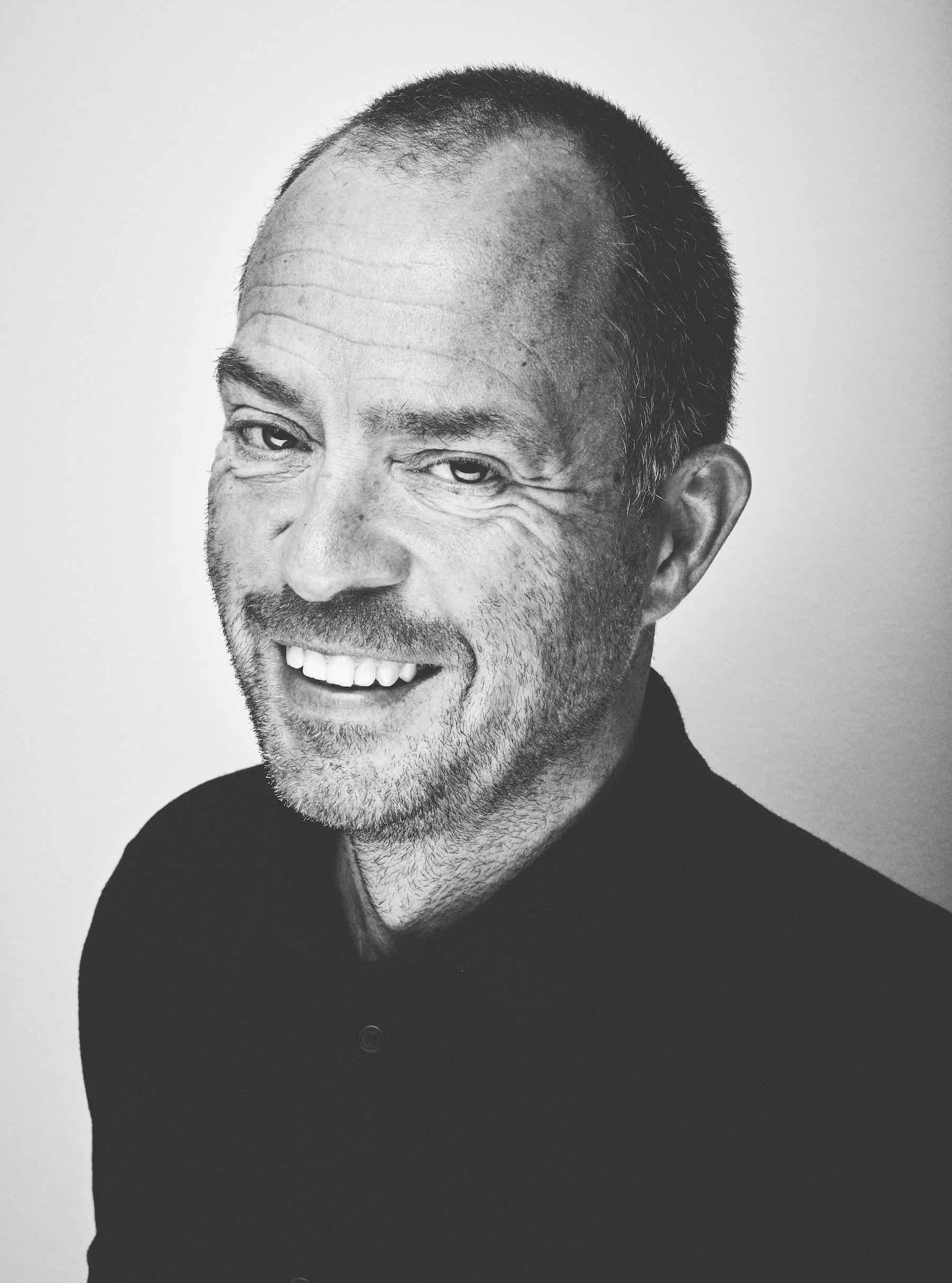
His experiments began when he took a sabbatical from studying at the Danish Design School and enrolled at the Ecole supérieure des arts appliqués Duperré, in Paris. Having received a very technical training until that point, the different environment came as a revelation. He was exposed to different voices and a plethora of new ideas. “It was just one big mess,” he remembers. “We were left very much to ourselves, which was brilliant. It was an eye-opener for me that it wasn’t as rigid as the Danish tradition.” This new-found sense of freedom led him to investigating surface finishes. After learning how to calculate reproducible industrial glazes, the artist set about subverting this knowledge, actively producing problems to create errors in the glaze.
Interestingly though, when he returned to Denmark he struggled to reproduce the work. Deeply frustrated, for a short while, he stopped working with glaze, taking inspiration for his hand built vessels from the stone age. It was only after graduation that he began to play with colour once again and in a wonderfully random way. “I took the materials with the most beautiful names,” he says. “I lined them up and asked myself what would happen if I took 10 per cent of each?” It is the kind of challenge he likes to set himself, providing a framework around which he can explore. “Without restrictions I get lost,” he says. For a series of Moon Jars, for example, he added eight glazes onto each piece before firing it. Subsequently, he added another eight glazes before it went into the kiln again. “If it didn’t work in two firings then it needed to go,” he says. “If you set these rules then it’s much more fun when it actually works.”

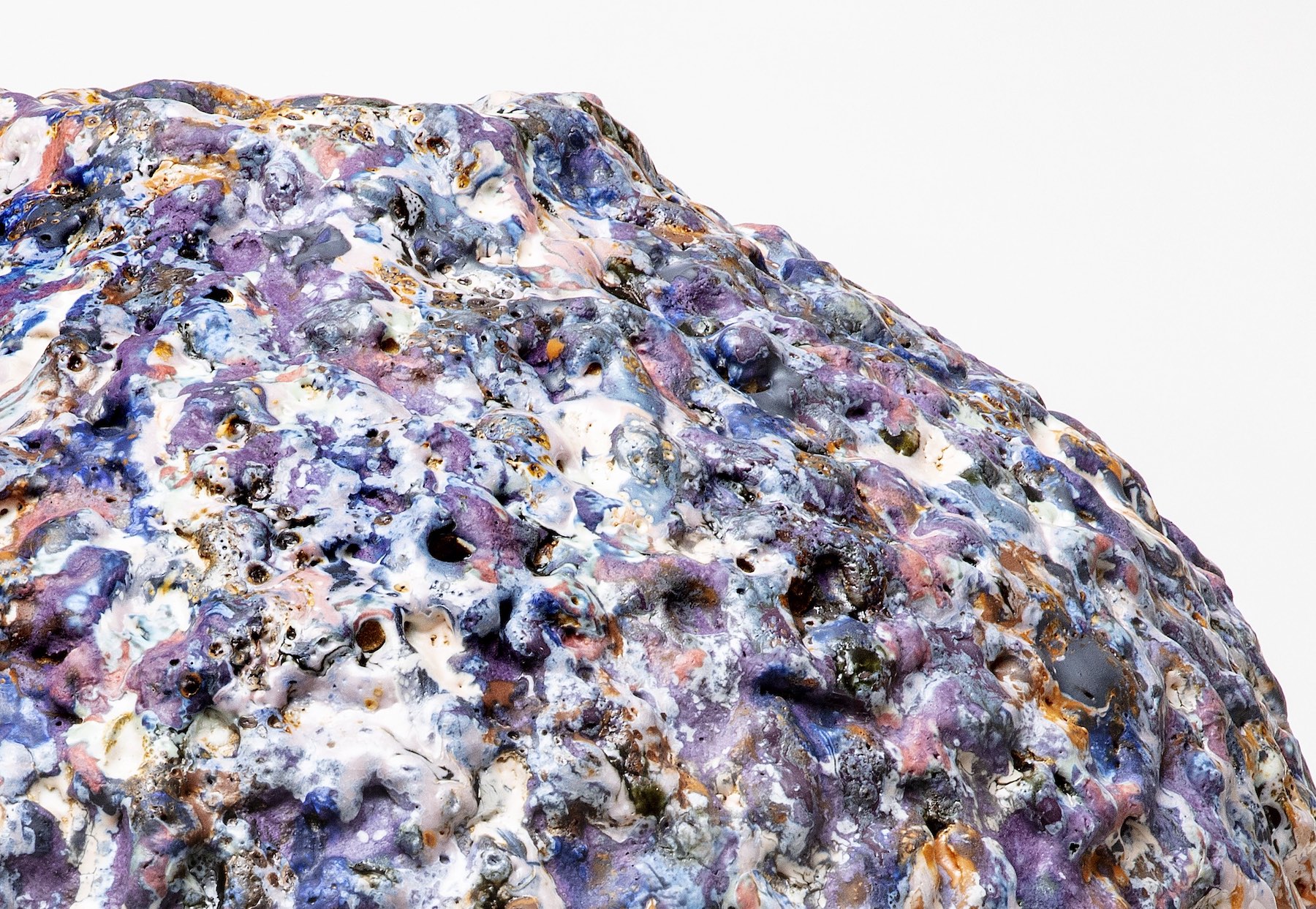
While his surfaces became increasingly wild, the forms on which they were applied tend to be more conventional. By his own admission, Løbner Espersen has made a lot of cylinders over the years. “I was just so fascinated by this shape – it’s proportions and how to make it. It’s divine and perfect,” he says. “In some ways, it’s a silly form to make: it doesn’t hold itself and is prone to all sorts of deformations. But I liked the idea I could use it almost as a canvas. It’s flat in a way. I could really develop the surfaces and the glazes and make them go really crazy because they weren’t competing against a crazy shape.”
Like many artists, he possesses a restless streak. “When I need to sharpen myself a bit, I stop doing what I think I’m good at. It’s a way to truly appreciate what I do,” he admits. The Horror Vacui series, for instance, started in 2008, while he was visiting professor at the School of Design and Craft at the University of Gothenburg and marked a distinct shift in his practice. These new pieces were organic, twisted and sculptural, rather than traditional vessel shapes. He worked for two years, initially concentrating on the form rather than the surface, before he was happy with the results.
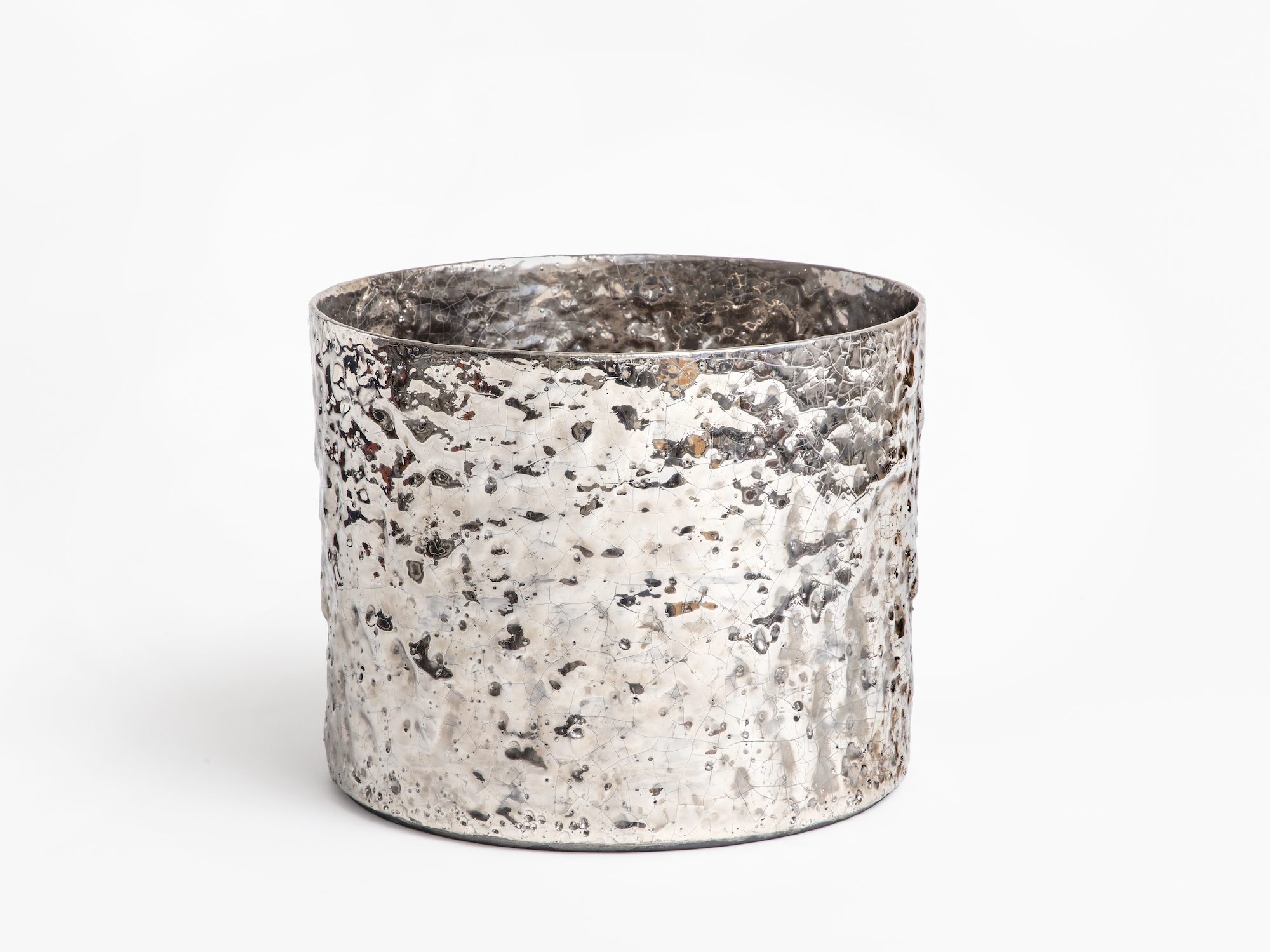
More recently though, he has returned to familiar ground. “After doing the Horror Vacui series for some years I just had this craving to go back and build a cylinder,” he explains. Interestingly, he thinks the Danish ceramic wheel may be turning full circle. While he and a clutch of other artists have brought vivid colour to the scene, rebelling against the straight jacket of Modernism, it appears an emerging generation might be taking a different route. “They are fascinated by brown in different shades,” he says, laughing once again.
Grant Gibson was previously editor of both Blueprint and Crafts magazines, and his work has been published in The Observer, The Guardian, Daily Telegraph, FRAME and Dwell. In 2019, he launched the critically acclaimed podcast series Material Matters with Grant Gibson.
